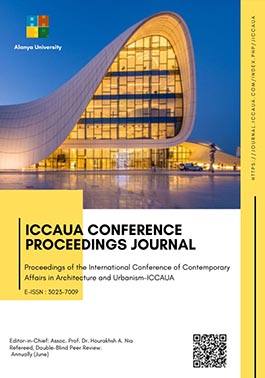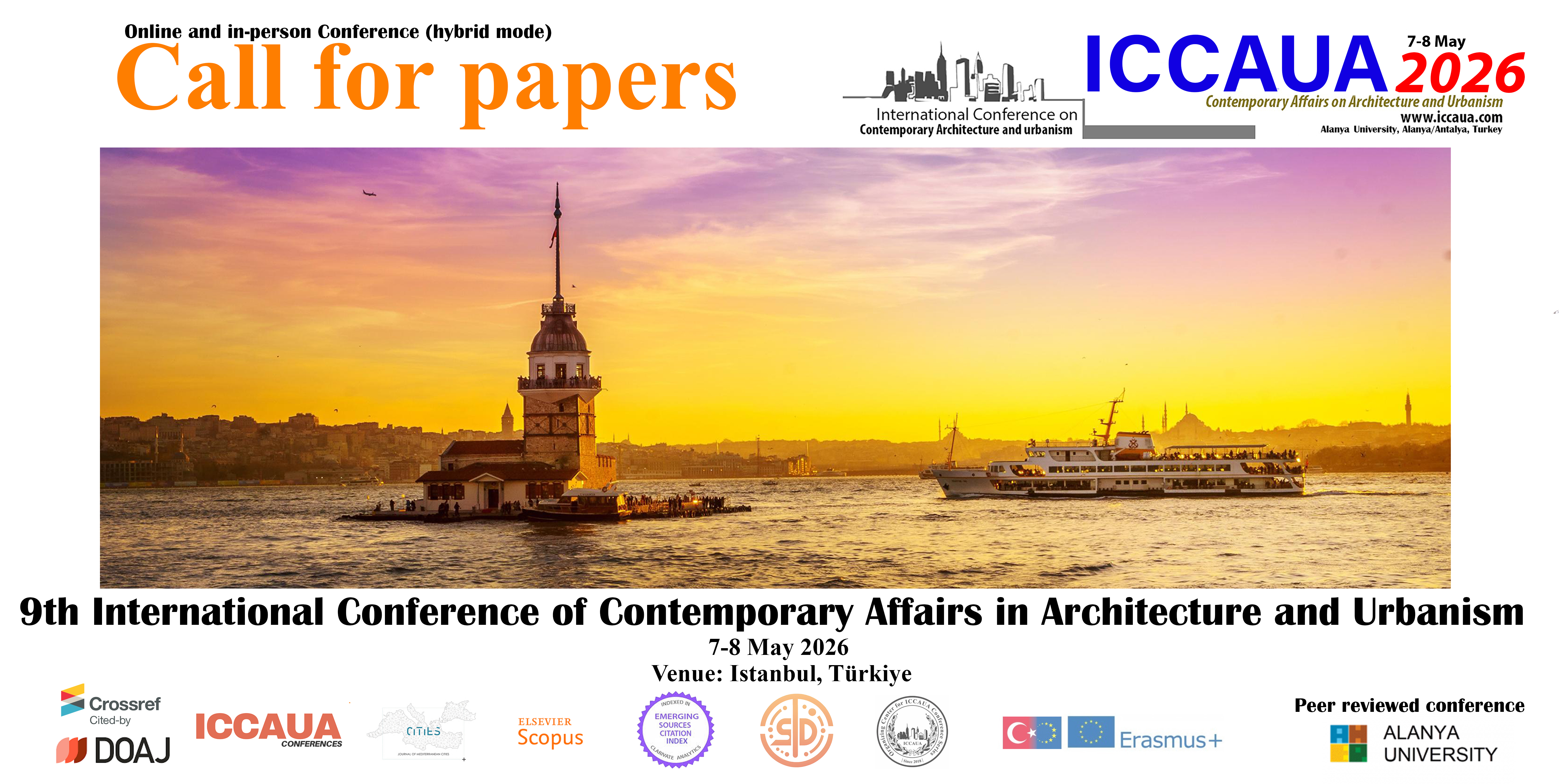Investigation of the Impact of Light Colour on Surface Colour Perception: A Case Study on Red Surfaces
DOI:
https://doi.org/10.38027/ICCAUA2025EN0063Keywords:
Surface colour; Light colour; Colour appearance; Daylight; Electric lighting.Abstract
The perceived colour of a surface is governed by the spectral reflectance properties of the surface and the spectral power distribution of the illuminating light source. Accurate perception of surface colours is of paramount importance in museums and art galleries. The chromatic characteristics of the light used in exhibition spaces must be carefully chosen, considering the diverse attributes of the exhibits, and it is crucial to maintain the stability of this light colour across time and space. In galleries illuminated by natural daylight, the intensity and colour of light entering through windows vary throughout the day. Moreover, the use of supplementary artificial lighting at different times of the day can amplify changes in the ambient light colour, potentially altering the impact and meaning of artworks and diminishing the artist's intended message. This study investigates the variation in perceived surface colour as a function of the colour of the illuminating light. Red surfaces with varying levels of value and saturation, two spectral power distributions representative of daylight, and nine LED light sources were analysed as lighting conditions. The colour appearances of different surface-light combinations were calculated using the Yxy colour space. To illustrate how the perceived colour of an artwork shifts under different light sources, a geometric graphic design was developed and coloured according to specific colour schemes. The changes in the colours within this graphic, corresponding to varying light sources, were visualized using computer software. The findings emphasize the critical role of light colour in determining the perceived colours of artworks. These results offer valuable insights for the selection of suitable light sources not only for art exhibition spaces but also for other environments featuring colourful objects.
Downloads
Downloads
Published
How to Cite
Issue
Section
License
Copyright (c) 2025 Havva Gül Sümer, Leyla Dokuzer Öztürk

This work is licensed under a Creative Commons Attribution 4.0 International License.




















